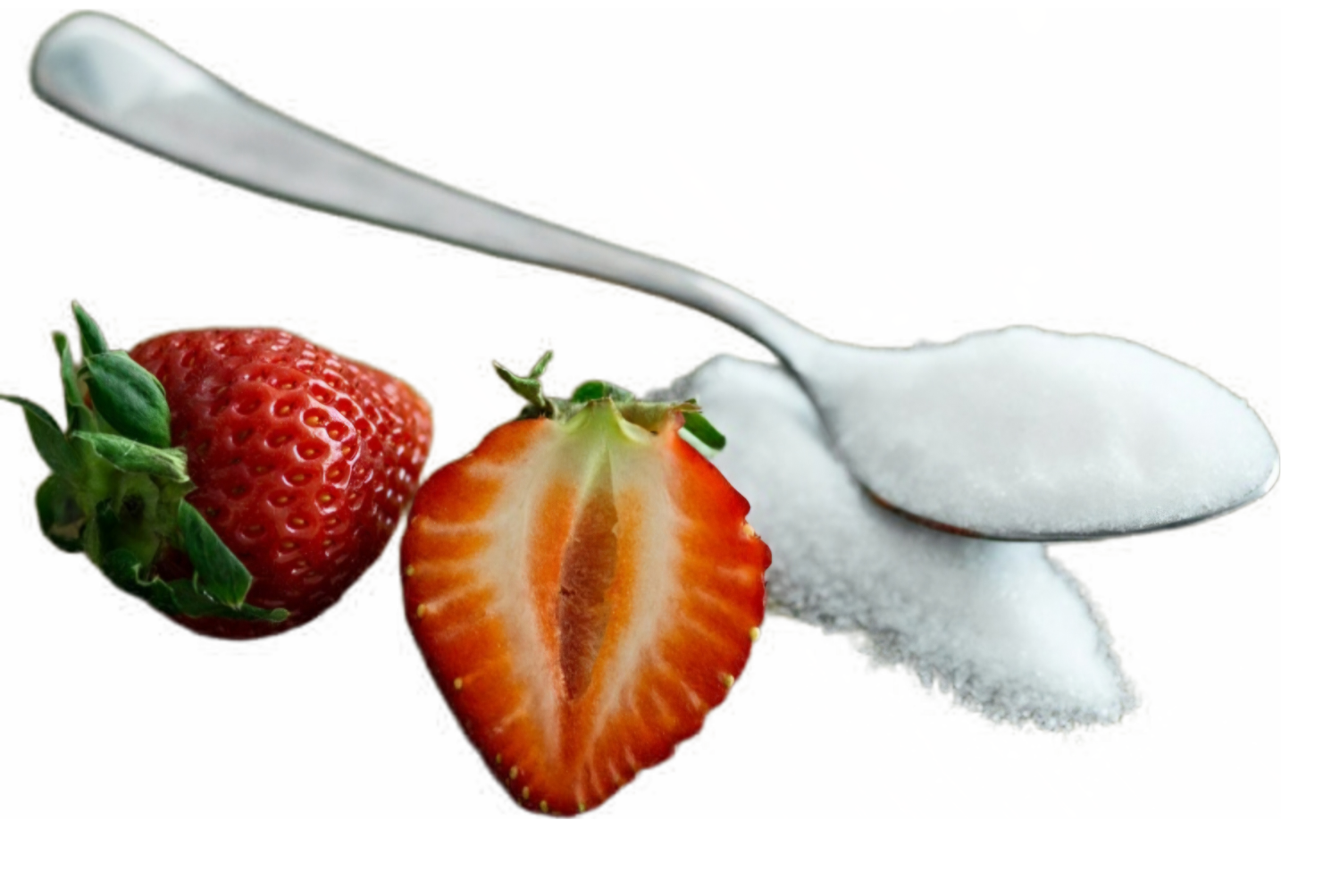
Blood sugar levels
Allulose HungaryPage audition
The numbers below are just guidelines, everyone should start from their own values!
Fasting / Peak exercise
- Normal: 4.4-5.5 / max. 7.8
- Abnormal: 6-7.1 / 7.8-11.1
- High: above 7.1 / above 11.1
The normal fasting glucose value is 4.4-5.5 mmol/L, and the 2-hour value after exercise does not exceed 7.8 mmol/L.
Below 3.5: glucose circulating in the blood is taken up by the tissues at a faster rate than the body can release it into the circulation. 》autodigestion 》weakness, dizziness, mood disorders, drowsiness, loss of consciousness, coma, paralysis of the respiratory muscles, death.
Postprandial blood sugar
The postprandial blood sugar level in healthy people does not exceed 7.8 mmol/l 2 hours after the main meal.
According to the International Diabetes Federation (IDF) guidelines, it should return to pre-meal levels within 2–3 hours, and a value above 7.8 mmol/L is considered hyperglycemia.
HbA1c (long-term blood sugar average)
- Normal: ≤5.6%
- Prediabetes: 5.7–6.4%
- Diabetes: ≥6.5%
- General target value for diabetics: 6–8%.
The above values apply to adults; recommendations may be slightly different for children and the elderly, or for those with comorbidities.
Conversion formula
The average blood sugar level in mmol/l is calculated as follows:
Average fasting blood sugar (mmol/l) = 1.59 × HbA1c (%) − 2.59
In table
HbA1c (%) | Average blood sugar (mmol/l)
- 5.0 4.4
- 5.3 5.0
- 5.6 5.6
- 5.9 6.1
- 6.2 6.7
- 6.5 7.2
- 6.8 7.8
- 7.4 8.9
- 8.0 10.0
- 8.6 11.1
- 9.2 12.2
- 9.8 13.3
- 10.4 14.4
- 11.6 16.7
Pathological conditions
- if the fasting VC value becomes slightly elevated, i.e. it ranges between 6-7.1.
- If there is impaired glucose tolerance (cells have a harder time absorbing glucose), the fasting value does not increase significantly, remaining below 7.1, but the 120-minute value is between 7.8-11.1.
The affected person's body cannot process glucose as efficiently as it normally should, so glucose molecules that should have already been incorporated into the cells are present in the blood even before food is ingested.
Insulin resistance occurs when fasting blood sugar levels remain within the normal range, but the cells cannot properly sense insulin - so the pancreas produces more and more of it.
Impaired glucose tolerance develops when the pancreas can no longer "keep up" with persistently elevated blood sugar levels because the beta cells become increasingly tired of increased insulin production.
We are talking about diabetes when the fasting blood sugar value exceeds 7.1 and the 2-hour blood sugar value exceeds 11.
High blood sugar
(hyperglycemia) over a longer period of time, diseases mainly related to damage to blood vessels develop: e.g. wrinkles, hair loss, brittle nails, sugar cravings, blurred vision, slow wound healing, obesity, fatigue, frequent urination, recurrent infections, weakness, dizziness, numb limbs and dry skin can be observed.

Normal-disordered sugar metabolism
Blood sugar level changes
It begins to rise a few minutes after eating, peaks about 1–2 hours later, and then falls back to normal levels as insulin helps glucose enter cells.
Rapidly absorbed carbohydrates are larger and cause a sudden rise.
Consuming protein and fat slows and dampens the postprandial glucose rise.
Healthy blood sugar fluctuations help maintain energy levels, while large spikes or prolonged high blood sugar can pose a health risk.
Fructose, found in sweet fruits and honey, and lactose, found in milk, are ten times more active in protein glycation!
Therefore, neither honey nor lactose-containing milk can be recommended for health and longevity, as they contribute to accelerated aging.
Blood sugar levels according to diets

The graph in the image shows the development of blood sugar levels over 24 hours, with three different diets (fasting, no-carb and Western diet)
Western diet
In the case of the Western diet (blue line), blood sugar levels show significant fluctuations, especially after meals (B: breakfast, L: lunch, D: dinner).
Carbohydrate-free diet
A carbohydrate-free diet (black line) results in more stable blood sugar levels than a Western diet, but here too some increase can be observed after meals.
Fasting
During fasting (red line), blood sugar levels are lowest and most stable, with minimal fluctuations.
The graph shows that intermittent fasting and a low-carb diet can help stabilize blood sugar levels, which can reduce the risk of developing insulin resistance.
Regular use of Allulose Sweetener can also help stabilize your blood sugar levels.

